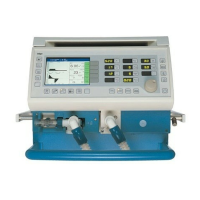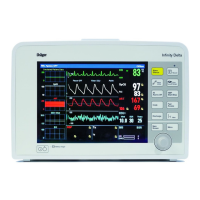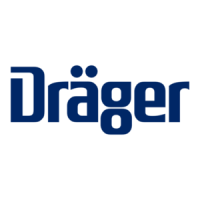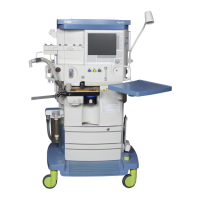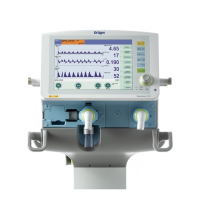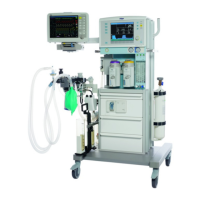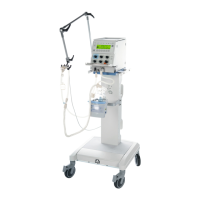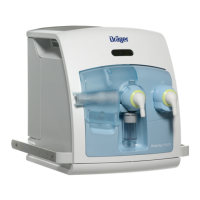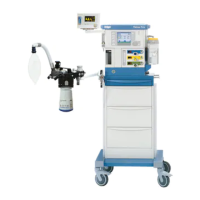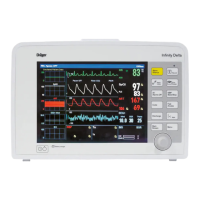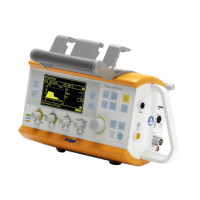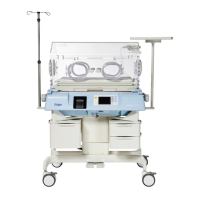Technical Data
106
Instructions for use D-Vapor/D-Vapor 3000
Recommended separation distances from wireless communication devices
To ensure that the functional integrity of this device
is maintained, there must be a separation distance
of at least 1.0 m (3.3 ft) between this device and
radio communication devices.
NOTE
The emissions characteristics of this device make
it suitable for use in industrial areas and hospitals
(CISPR 11 Class A). If it is used in a residential en-
vironment (for which CISPR 11 Class B is normally
required), this device might not offer adequate pro-
tection to radio-frequency communication ser-
vices. The user might need to take mitigation mea-
sures, such as relocating or re-orienting the equip-
ment.
Immunity against Test level and required electromagnetic envi-
ronment
Electrostatic discharge (ESD)
(IEC 61000-4-2)
Contact discharge: ±6 kV
Air discharge: ±8 kV
Fast transient electrical disturbances (bursts)
(IEC 61000-4-4)
Power cables: ±2 kV
Longer signal input lines/output lines: ±1 kV
Impulse voltages (surges)
(IEC 61000-4-5)
Voltage, external conductor – external conductor:
±1 kV
Voltage, external conductor – protective ground
conductor: ±2 kV
Magnetic fields at mains frequency
(IEC 61000-4-8)
50 Hz: 3 A/m
Voltage dips and short interruptions in the supply
voltage (IEC 61000-4-11)
Voltage dips of 30 % to 100 %, 8.3 ms to 5 s, differ-
ent phase angles
Radiated high-frequency disturbances
(IEC 61000-4-3)
80 MHz to 2.7 GHz: 3 V/m
Conducted high-frequency disturbances
(IEC 61000-4-6)
150 kHz to 80 MHz: 3 V, ISM bands: 6 V
Electromagnetic fields in the vicinity of wireless
communication devices
Various frequencies from 385 MHz to 5785 MHz:
9 V/m to 28 V/m
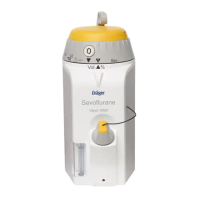
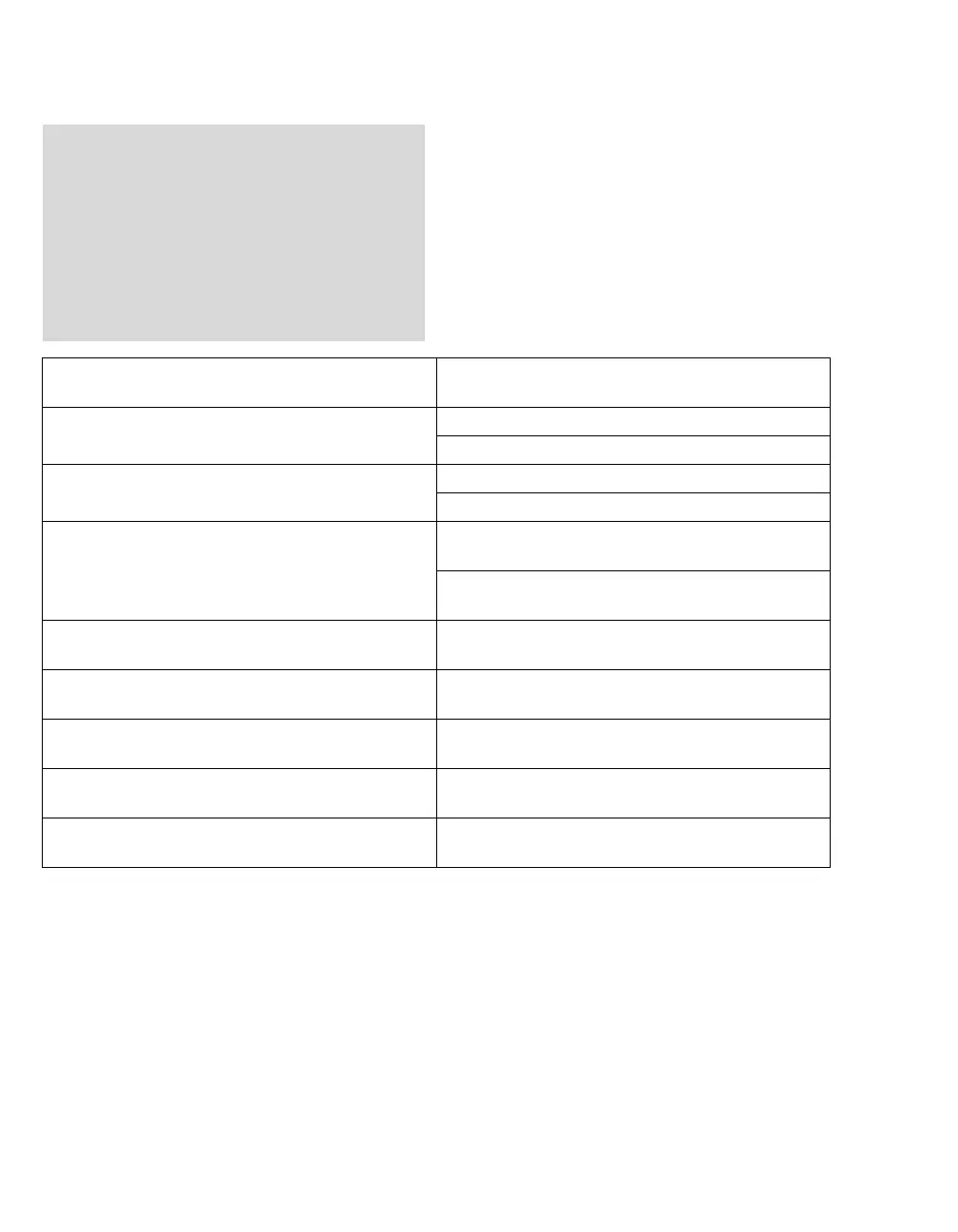